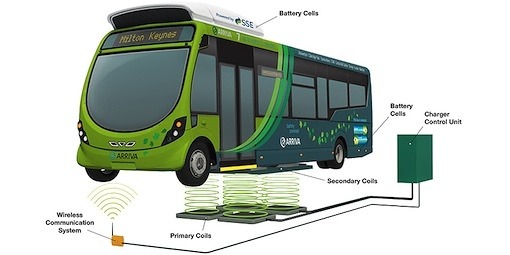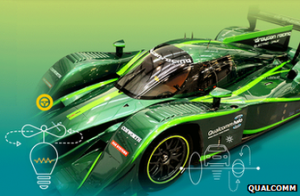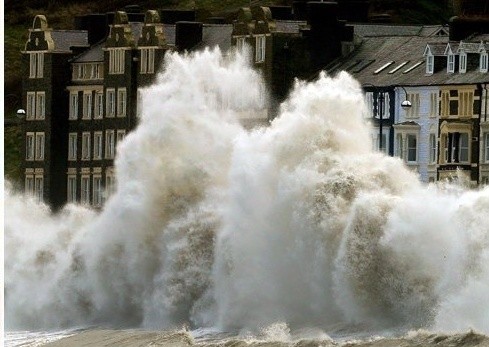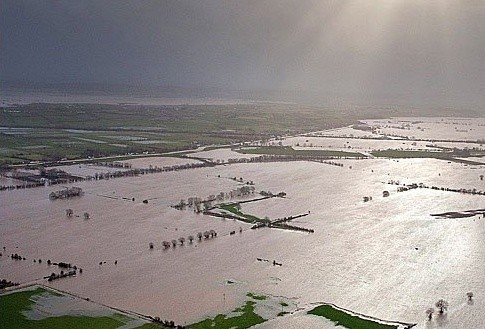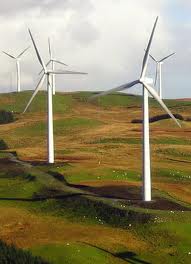The Stirling engine (or Stirling’s air engine as it was known at the time) was invented and patented by Robert Stirling in 1816. The Stirling engine was developed by Reverend Robert Stirling in Edinburgh in 1816 as an alternative to the steam engine. It uses alternate heating and cooling of an enclosed gas to drive pistons, which turn a flywheel. Originally conceived in 1816 as an industrial prime mover to rival the steam engine, its practical use was largely confined to low-power domestic applications for over a century.
Now a Swedish company is using the old technology in it’s record breaking solar panels.
Ripasso has claimed it has produced a new solar electricity generation system that is the most efficient in
the world. It is currently being tested in South Africa’s Kalahari desert and recent test have shown that it is converting 32% of the suns energy to grid available electric power as opposed to the 15% we currently get out of standard photovoltaic panels.
The panels themselves look like massive satellite dishes. These 100 metre square dishes slowly follow the sun, constantly capturing the maximum solar energy. UK company IT Power, a World leading renewable energy consultancy firm, were commissioned in 2014 to test the technology. The results showed a single dish can generate up to 85 megawatt hours of electricity a year which is enough to power 24 UK homes.
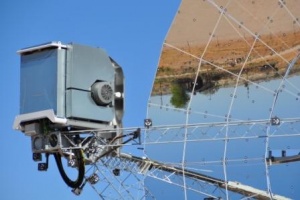 The technology works by using the mirrors as giant lenses that focus the sun’s energy to a tiny hot point, which in turn drives a zero-emission Stirling engine. Unfortunately Ripasso’s new solar panels are not destined for our shores however as the system is only useful in areas with constant bright sunshine.
The technology works by using the mirrors as giant lenses that focus the sun’s energy to a tiny hot point, which in turn drives a zero-emission Stirling engine. Unfortunately Ripasso’s new solar panels are not destined for our shores however as the system is only useful in areas with constant bright sunshine.
Due to material limitations at the time, the advanced Stirling engine that Ripasso uses was not commercially developed until 1988, when Swedish defence contractor Kokums started making them for submarines. Because the Stirling engine is compatible with alternative and renewable energy sources it could become increasingly significant as the price of conventional fuels rises, and also in light of concerns such as peak oil and climate change. This engine is currently exciting interest as the core component of micro combined heat and power (CHP) units, in which it is more efficient and safer than a comparable steam engine. Brings meaning to the saying “there’s life in the old dog yet!”

